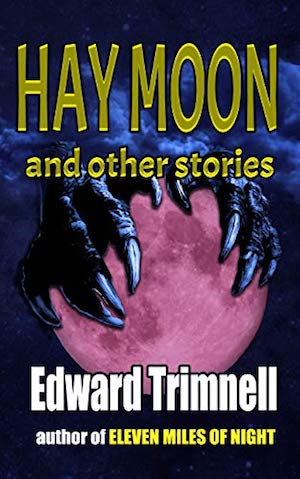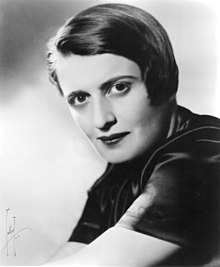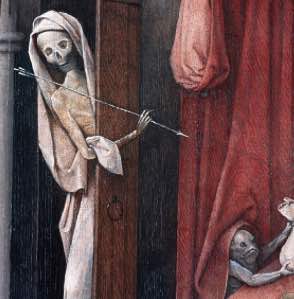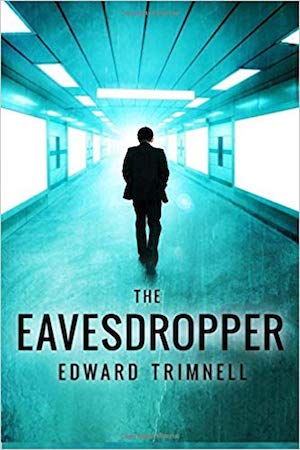It’s getting to be that time of year again. Most K-12 students will be going back to school in some capacity soon, because that’s mandated by the government. For college students, the situation is a bit more ambiguous.
I haven’t been a full-time student since the first president Bush was in the White House. I began my college days in August 1986. Due to an extended period of work one year, I didn’t get my diploma (a BA in Economics) until June 1991. A long time ago. Almost 30 years.
I don’t have any children, either. But many of my friends do, and many of my relatives are younger. One of my cousins will be an incoming freshman at Xavier University in a few weeks. I know—or know of—countless young people who attend the University of Cincinnati.
One can make the case that even before COVID-19, a university education in America in the third decade of the twenty-first century was already a poor bargain. Tuition has gone through the roof in recent decades. Whatever savings the universities might have realized from the efficiencies of the Internet and advances in digital technology have been squandered—on building sprees and phalanxes of make-work administrators.
Then there’s the curriculum itself: If you’re majoring in anything other than one of the STEM fields, you’re likely to get a heavy dose of leftwing ideology with your coursework. In many English lit departments, Shakespeare is out. But you can choose from a wide array of classes in the Literature of Oppression.
And as if things couldn’t get any worse, COVID-19 makes things well…even worse. At UC, some fall classes will be conducted online, some in-person, and others will be “hybrid”—a mix of both. More than a few young people in my social circle have opted to take the 2020-1 academic year as a “gap year”. I can’t say that I blame them.
***
Nor can I help comparing my own college days to these present ones. When I started college, you still had to type your term papers on an IBM Selectric. Home computers technically existed by this point, but they were beyond the reach of most households, including mine.
You couldn’t register for classes online, because, well…there was no such thing as “online”. Initial course schedules were made each semester by postal mail. If a course was full, you had to stand in line at the registrar’s office with a written request to enter.
College was more primitive, but much cheaper. Full-time tuition at the University of Cincinnati cost less than half—in real terms—what it does for an incoming freshman in 2020.
I wasn’t a complete bootstrapper. I had some financial help from my parents. They paid my base tuition at UC and let me live at home, rent-free. I paid for my textbooks, car expenses, and incidentals.
But college wasn’t that expensive in those days to begin with—particularly for commuter students. The question of how I was going to pay for college was never a major issue. There really wasn’t that much to pay.
Likewise, I had a handful of liberal professors who believed that it was their duty to indoctrinate students in leftwing ideology. They were offset, though, by the conservative and apolitical ones.
Also, “liberals” were different in those days. In 1986, a “leftwing” prof was one who held a generic dislike of President Reagan. A leftwing professor sought more accommodation with the USSR, and more social spending.
The insane Jacobinism that runs rampant on today’s campuses—burning this, tearing down that—was virtually unknown back then. I recall that there were some editorials in the campus newspaper about whether or not the term “freshman” was sexist. Such was student radicalism, 80s style.
Which brings us to the BLM/Antifa riots. One of my friends has a daughter who will be a returning student at the University of Minnesota. The U of M campus is located in Minneapolis, where the rioters are rioting, crime is out of control, and the moonbat politicians and activists are “defunding the police”.
I can’t even imagine going to school in an environment like that. Riots and COVID.
***
I won’t lie to you. I wouldn’t mind being 20 or 30 years younger. What person in their fifties wouldn’t? But I don’t envy the young the world in which they are coming of age. I much prefer the one I was given.
The American civilization of the late Reagan era wasn’t perfect. There were still some politically incorrect jokes. There were no female Navy SEALS. No same-sex marriage. And as for being “transphobic”: most of us were unfamiliar with the very concept of transgenderism from the get-go. I know I was.
Woke? No. The period of the late 1980s wasn’t woke.
That now long-ago time undoubtedly left some people out, and forced others to accommodate themselves to the Great Average. Even I—a straight, white, cisgendered male, sometimes felt constrained by those times.
On the whole, though, it was a far more stable, more optimistic setting.
There was a happy feeling in the air. Who would say that America in 2020 is a happy place?
What we see today is a crisis of the spirit of American civilization. And while (just to be absolutely clear) coronavirus is a very real and communicable disease, it is impossible not to think of it as a symbol of the larger, deeper problems that ail us.
For those of you going back to school later this month, I wish you well. But like I said, I don’t envy you.
-ET







